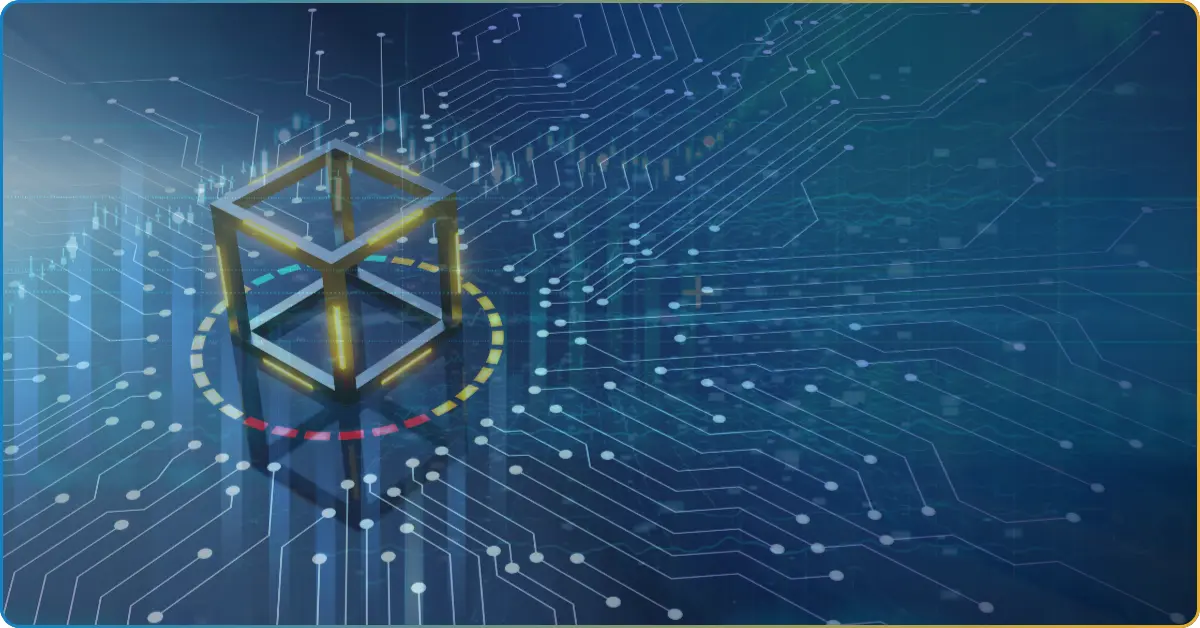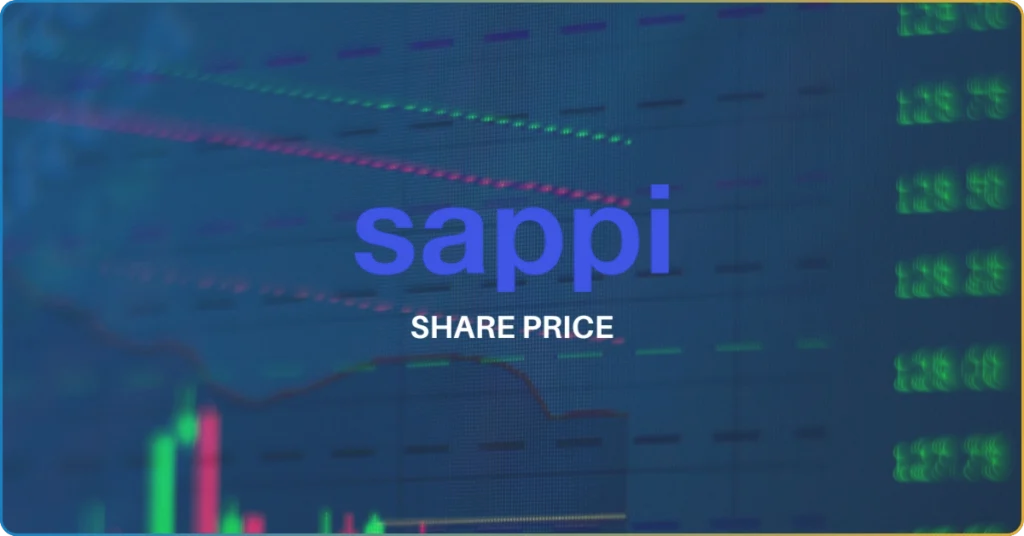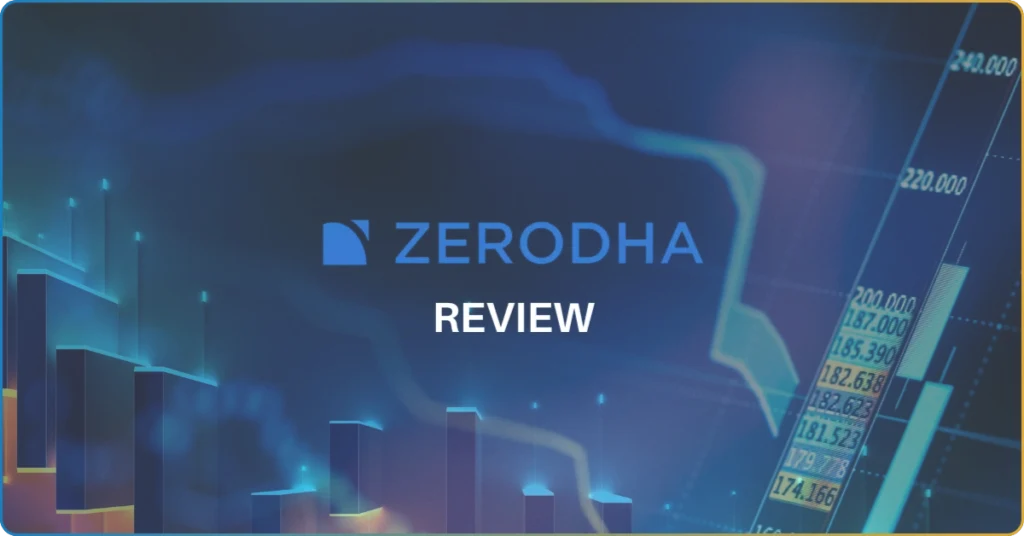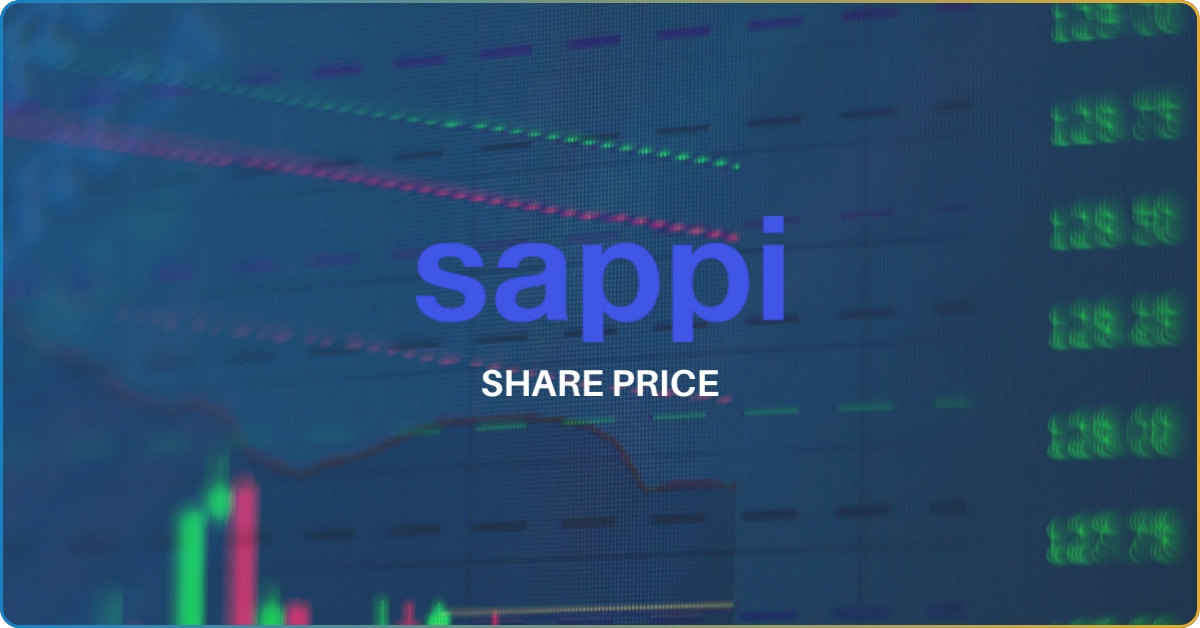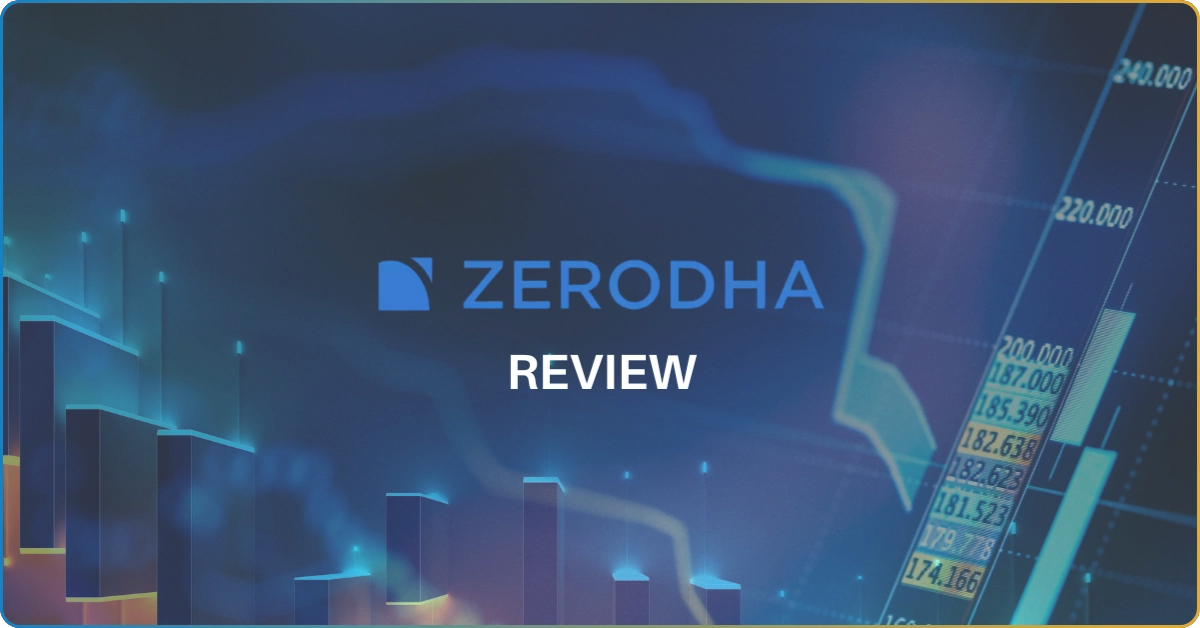Over the past years, you may have come across the term blockchain technology, especially when it comes to cryptocurrencies like Bitcoin.
As blockchain becomes more accessible and user-friendly, the onus is on you to learn how this evolving technology is becoming important in the digital world.
If you’re new to the idea, you’ve come to the right place. This TRU insight discusses everything you need to know about blockchain, including how it works, why it matters, and how you can utilize it to advance your business.
Overview
- Blockchain involves the process of storing information where it’s difficult for the network to be changed or hacked.
- It is important to improve a business’s security, traceability, and efficiency. It also automates transactions and increases user trust.
- Attackers need to have at least half of the network’s computational power before they can maliciously alter a blockchain network.
What is Blockchain?
Simply put, blockchain refers to a method of storing information in a way that makes it difficult or impossible for the system to be manipulated, hacked, or altered.
It acts as a decentralized, distributed ledger, where transactions are duplicated and distributed across the network of computers involved.
Blockchain is mainly known for its role in cryptocurrency systems, where it maintains a secure and decentralized record of transactions.
The blockchain technology started with the introduction of Bitcoin in 2008. Since then, it has evolved through the creation of different cryptocurrencies, smart contracts, decentralized finance (DeFi) applications, and non-fungible tokens (NFTs).
However, its use is not only applicable to cryptocurrency, as this method of storing data can make any industry entrenched—meaning it’s resistant to alterations.
Key Features
Blockchain technology has several important features aimed at improving transparency and security in data management and transactions:
Smart Contracts
Smart contracts refer to self-executing agreements stored on the blockchain. Here, the terms are found as codes and are automatically executed when the user meets predefined conditions.
These contracts can be used for various purposes, including triggering travel insurance payouts or transferring corporate bonds.
With smart contracts, these processes are automated, accelerating transactions, reducing the need for mediators, and ensuring security and transparency.
Distributed Ledger Technology
All network participants can access the distributed ledger and its unchangeable transaction record. As a shared ledger, blockchain records transactions only once to prevent efforts from duplicating, which is common in traditional business networks.
Public Key Cryptography
Public key cryptography leverages cryptographic keys (i.e., private and public keys) to secure transactions and data on the blockchain.
The public key refers to the address where users receive data or cryptocurrency, while the private key is a confidential key that provides control over the linked digital assets.
The individual holding the private key can authorize transactions, ensure security, and verify ownership of the assets. Meanwhile, the public key grants other users the ability to send funds or data to the specific address.
Fixed Records
Participants within the network will not be able to change or manipulate a transaction once it has been recorded in the shared ledger.
Once a transaction record incurs an error, a new transaction should be added to correct the mistake. After this reversal, both transactions will be visible again.
How Does Blockchain Work?
A blockchain is similar to spreadsheets or databases, where information is entered and stored. What makes the former different, however, is how it structures and accesses data.
A blockchain contains programs called “scripts,” which conduct tasks that you would normally do in a database: accessing and entering information, and then saving and storing it somewhere else.
In blockchain technology, transactional records (called “blocks”) in several databases (called “chains”) in a network are linked through peer-to-peer nodes. The entire storage is referred to as a “digital ledger.”
Since blockchains are decentralized, multiple copies are saved on several computers. For information to be valid, it should match across these machines.
The good news is that a block cannot be changed, so trust relies on where users or programs enter data. There will also be a reduced need for trusted third parties, such as auditors, who can make mistakes and incur additional costs.
Transaction Process
Transactions within a blockchain follow a specific process, depending on the type of blockchain. For instance, the Bitcoin blockchain typically initiates transactions through a cryptocurrency wallet—an application that provides the interface to the blockchain.
Another blockchain, called the Ethereum network, operates differently, where it randomly selects one validator from users and applies ether staking to validate blocks. After that, the network confirms the transaction. Unlike Bitcoin’s process, Ethereum’s process is faster and less energy-consuming.
Benefits of Blockchain
Blockchain provides several benefits that help transform business operations by enhancing trust, efficiency, security, and traceability across multiple industries.
Let’s explore these benefits below:
Better Trust
With blockchain, users gain access to a secure, members-only network that ensures timely and accurate data access. Confidential information is shared only among authorized network members, creating end-to-end visibility and fostering trust across the system.
Improved Security
Network members are required to give consensus to validate data accuracy. All these validated transactions are unchangeable and are permanently recorded within the network.
With blockchain, each transaction remains saved and can never be altered or deleted even by the administrator.
Read more: Cryptocurrency Consensus Protocols: Securing Crypto – TradersUnited
Automated Transactions
Features like smart contracts enable the seamless automation of transactions, which accelerates real-time processes and enhances efficiency.
Once users meet the predefined conditions, these contracts will trigger the following step, thereby reducing the need for manual intervention.
Increased Efficiency
With blockchain, network members can share a distributed ledger, which eliminates the need for time-consuming record agreements.
More specifically, smart contracts stored in the blockchain can speed up transactions and automate them.
Enhanced Traceability
Blockchain uses a transparent audit trail to gain instant traceability of an asset’s path.
This feature is useful in industries that prioritize sustainability, as it verifies ethical practices by enabling the direct sharing of source data.
It can also uncover supply chain inefficiencies, which include delays, to drive greater accountability.
Is Blockchain Secure?
Blockchain fosters trust and decentralized security in any industry that utilizes its technology.
Users can always store new blocks at the end of the blockchain and be assured that each block is secured and cannot be altered by anyone.
However, changes sometimes occur on smaller blockchain networks. But before the culprit could alter any block, they need to have at least half of the network’s computational power (i.e., 51%).
Larger blockchains, such as Bitcoin, are least likely to experience this kind of attack. Before the attacker could even take action, the entire network had already moved past the blocks that they were trying to manipulate. Bitcoin has an exceptionally fast hash rate, making it less susceptible to alterations.
The Ethereum blockchain is also less likely to be hacked. As of June 2025, over 35 million Ether coins are now staked under its blockchain, making it difficult for a group of attackers to get their blocks implemented.
Learn How to Leverage Blockchain Technology
Blockchain is a valuable tool for securing data and facilitating a seamless flow of transactions within a network of individuals. Incorporating this tool into your trading arsenal will surely help you keep track of your information and gain better user trust.
Want to learn how to use blockchain to enhance your transaction flow? CommuniTrade has your back!
Join millions of online traders and learn expert insights on the proper utilization of this technology. Improve your chances of security and profit with CommuniTrade!
FAQs
What is the difference between a private blockchain and a public one?
Private blockchains are only accessible by selected individuals, while public blockchains are open to the general public. Moreover, private blockchains are generally more secure than public ones.
Who invented the blockchain?
Blockchain was created by unknown individuals under the pseudonym “Satoshi Nakamoto” at the same time they developed the Bitcoin currency in 2008.
Who controls the blockchain?
When it comes to blockchain technology, the power is divided among all users on the network. No single user has full control.
What are the blockchain’s three pillars?
The three main pillars of blockchain are:
| Decentralization | Blockchains enable data to be distributed across multiple network nodes, such as computers or devices running blockchain software, at various locations. |
| Transparency | Some networks, like Bitcoin, allow transactions to be transparently viewed through blockchain explorers, which allows anyone to view transactions live. |
| Immutability | Decentralized blockchain networks are immutable, meaning the data entered is irreversible. |
Keep Your Blockchain Safe from Scams
As a beginner trader with a small blockchain network, you may be susceptible to ill-minded individuals who want to ruin your transaction flow and hack your data.
Protect your network with the help of a reliable online community like CommuniTrade. With our experts’ guidance, you’ll learn to make well-informed decisions about your transactions and keep your data safe from false system members, hackers, and manipulators.

